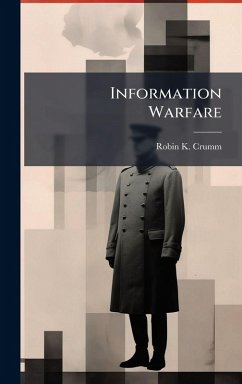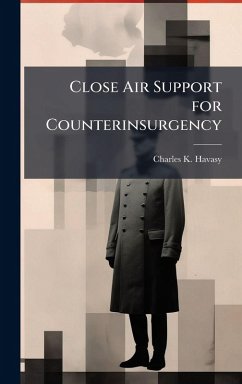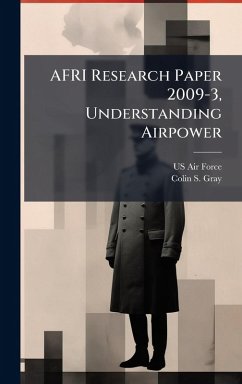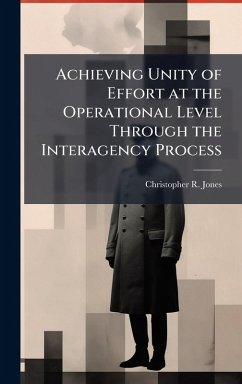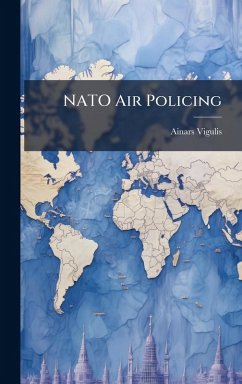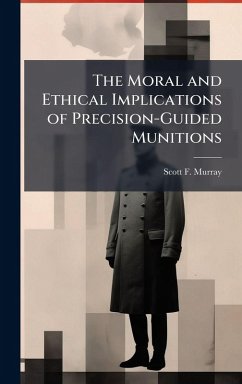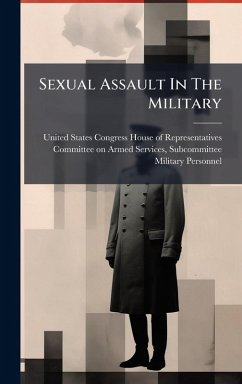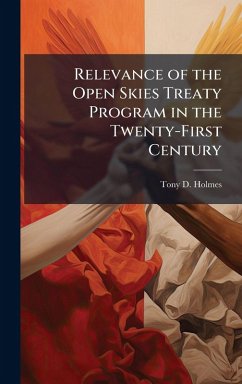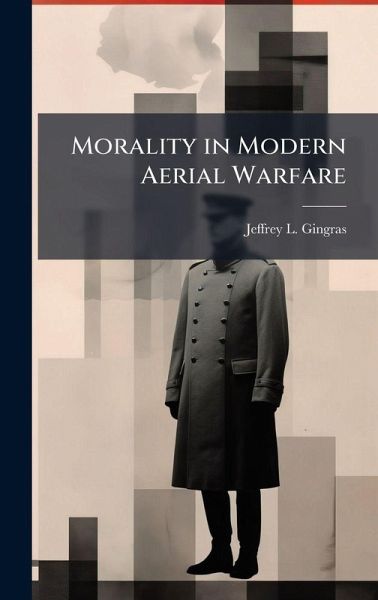
Morality in Modern Aerial Warfare
Versandkostenfrei!
Versandfertig in über 4 Wochen
27,99 €
inkl. MwSt.
Weitere Ausgaben:

PAYBACK Punkte
14 °P sammeln!
There is a moral way to wage war, be it in the air, on the sea, or on the ground. This paper contends that the US Air Force can maintain a high level of morality in the conduct of air operations. In doing so, we will save the lives of both our airmen and innocents on the ground. The authors intend to show that there is a long tradition of morality in war and that we can and should maintain high standards. We do NOT advocate, nor should the reader infer that we believe it is possible to conduct a war in which no innocents are harmed. We DO urge senior commanders to balance the proportionality o...
There is a moral way to wage war, be it in the air, on the sea, or on the ground. This paper contends that the US Air Force can maintain a high level of morality in the conduct of air operations. In doing so, we will save the lives of both our airmen and innocents on the ground. The authors intend to show that there is a long tradition of morality in war and that we can and should maintain high standards. We do NOT advocate, nor should the reader infer that we believe it is possible to conduct a war in which no innocents are harmed. We DO urge senior commanders to balance the proportionality of probable non-combatant casualties against the military necessity of the given targets. If that balance cannot be made, we urge our leaders to say so.Lt Gen Mike Short, the air commander for Operation Allied Force, quoted above, makes the proper case that there will be unintended casualties and that we, as a nation, must understand this when waging war. What the authors make clear is that anything beyond the proportional loss of life due to necessity is immoral and must be prevented. This work has been selected by scholars as being culturally important, and is part of the knowledge base of civilization as we know it. This work was reproduced from the original artifact, and remains as true to the original work as possible. Therefore, you will see the original copyright references, library stamps (as most of these works have been housed in our most important libraries around the world), and other notations in the work. This work is in the public domain in the United States of America, and possibly other nations. Within the United States, you may freely copy and distribute this work, as no entity (individual or corporate) has a copyright on the body of the work. As a reproduction of a historical artifact, this work may contain missing or blurred pages, poor pictures, errant marks, etc. Scholars believe, and we concur, that this work is important enough to be preserved, reproduced, and made generally available to the public. We appreciate your support of the preservation process, and thank you for being an important part of keeping this knowledge alive and relevant.



